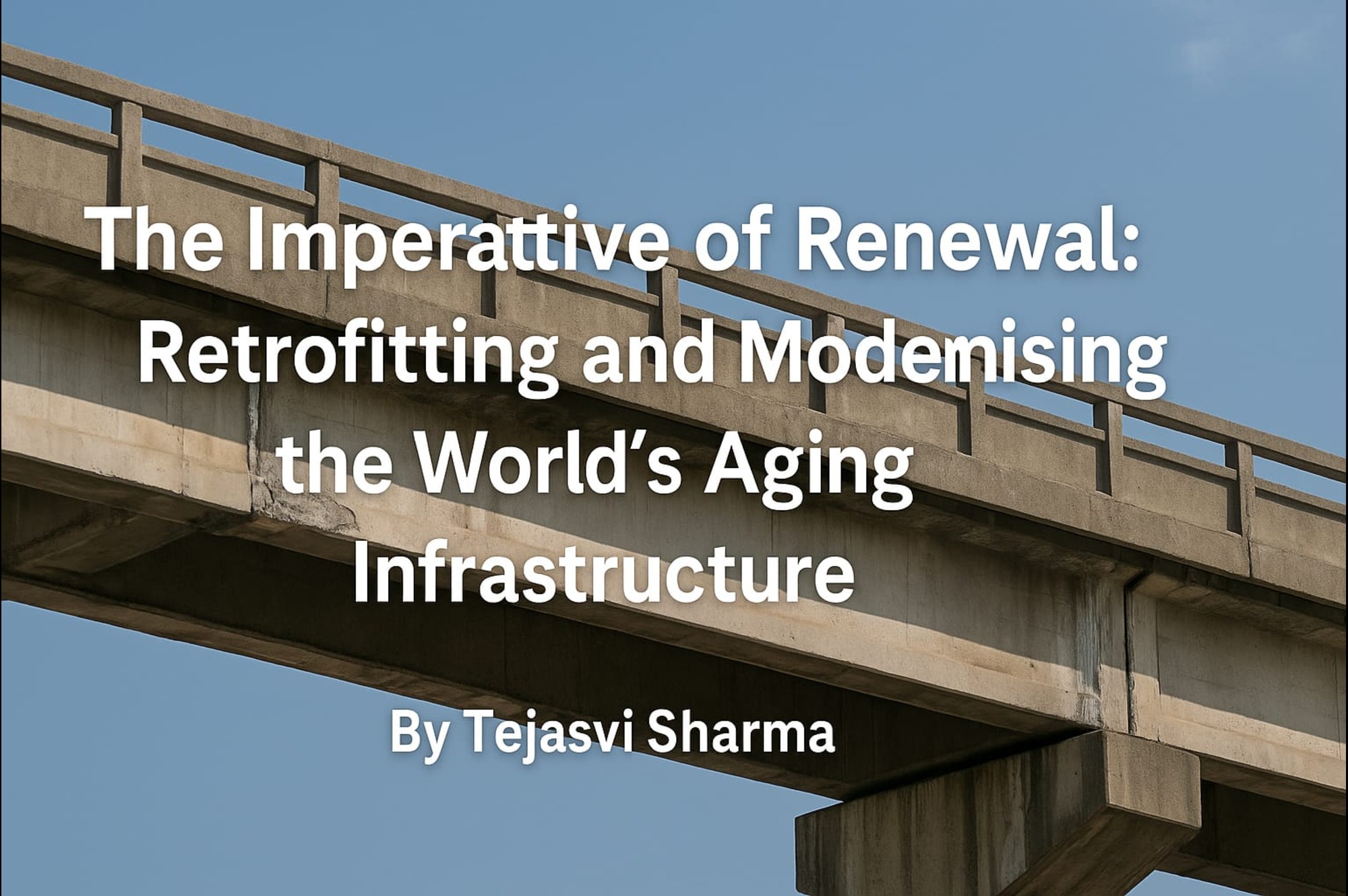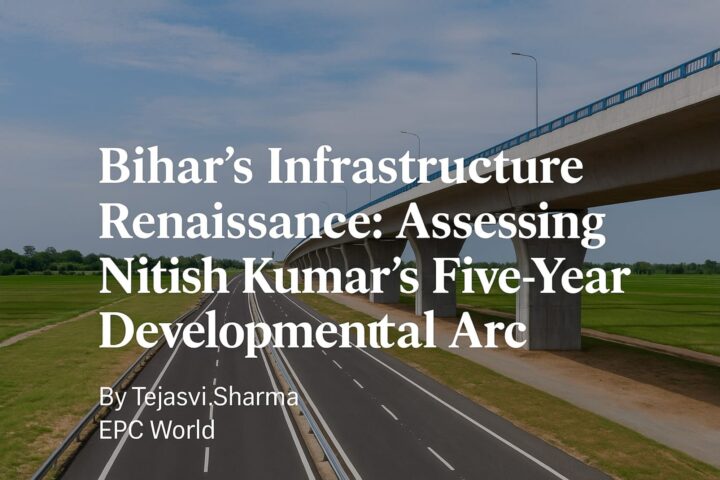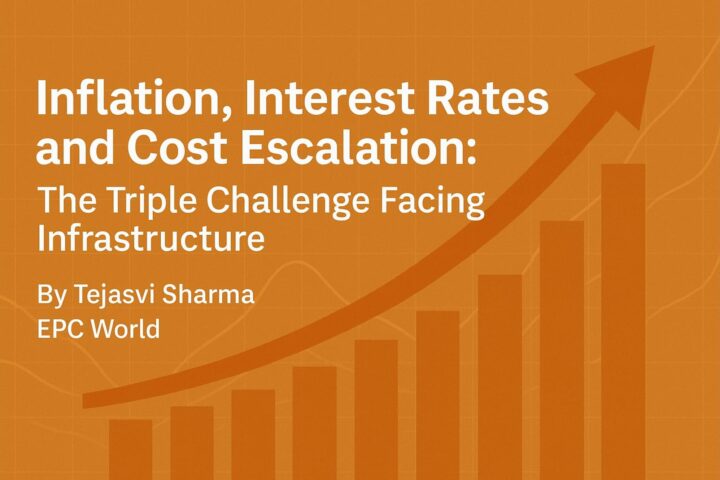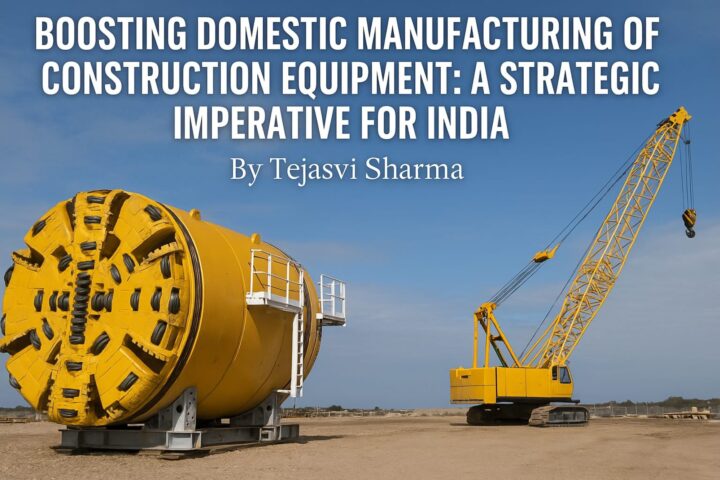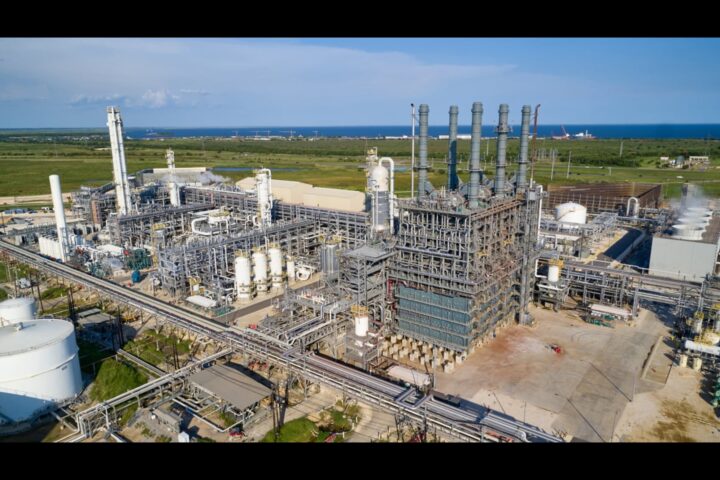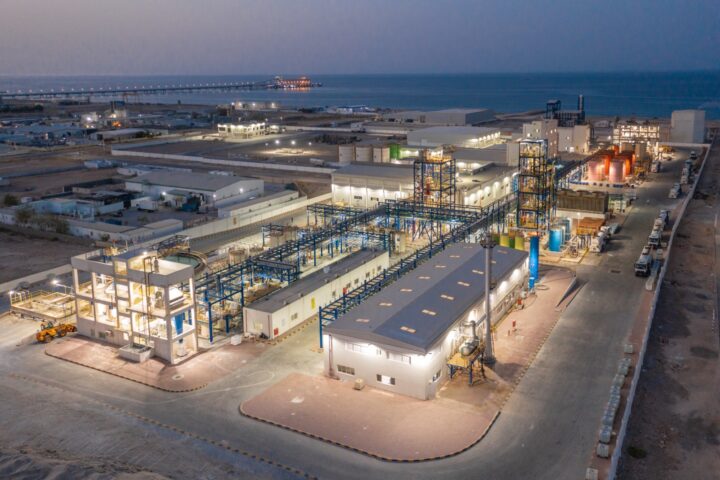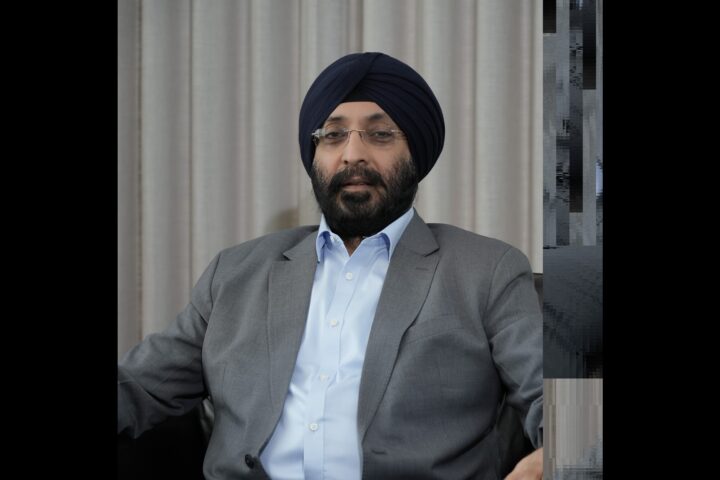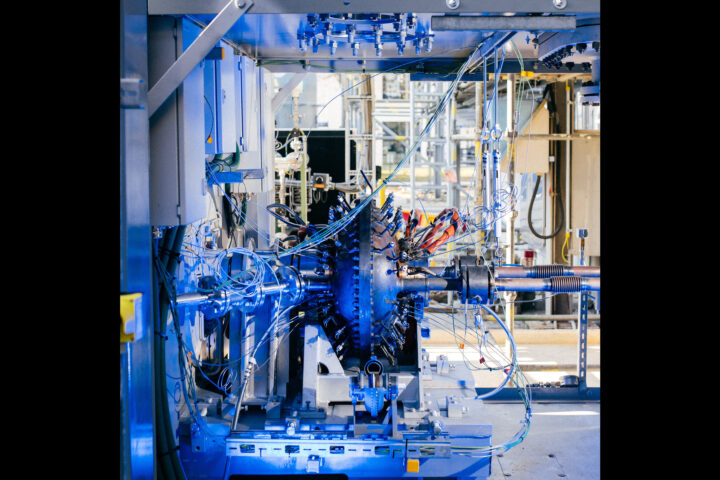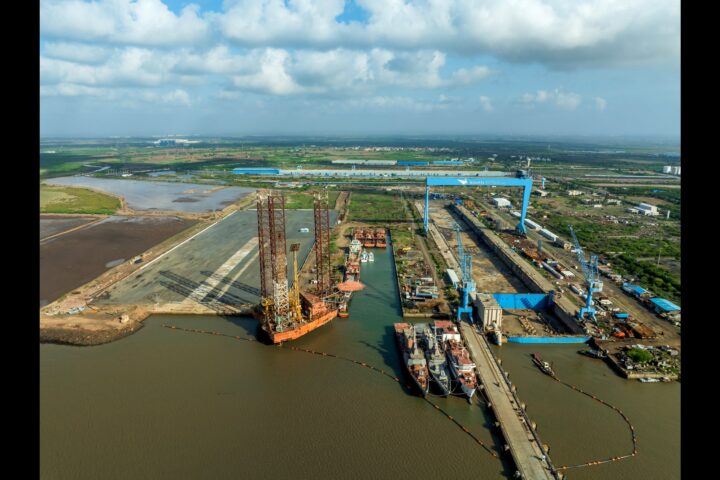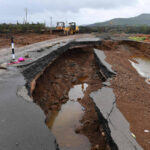by Tejasvi Sharma, Editor-in-Chief, EPC World
In the 21st century, the global infrastructure ecosystem stands at an inflection point. The monumental networks of roads, bridges, pipelines, and power grids – once celebrated as the very arteries of economic growth – are now exhibiting the unmistakable signs of age and fatigue. Designed and constructed in an earlier era, these assets are increasingly ill-equipped to meet the demands of today’s digital, decarbonised, and disaster-prone world. The conversation has shifted from building more to building better – a paradigm of renewal, upgrading, and retrofitting that is not merely prudent, but existential.
The Silent Crisis Beneath the Surface
The deterioration of legacy infrastructure is not always immediately visible, yet its consequences are often catastrophic. Structural failures, recurring service disruptions, and spiralling maintenance costs are symptomatic of assets that have outlived their design lives. Roads riddled with potholes, corroded bridges carrying unsafe loads, leaking pipelines wasting precious water, and overloaded power grids unable to sustain electrification demands – these are no longer anomalies, but recurrent realities across both developed and emerging economies.
The American Society of Civil Engineers’ periodic “Infrastructure Report Card” routinely assigns failing grades to critical assets, while in Asia, the World Bank estimates that more than 40% of transport networks require urgent renewal. In India, the case is equally stark: vast segments of highway corridors and irrigation canals date back several decades, while urban water supply and sewerage systems are groaning under unprecedented demographic pressure.
Retrofitting as a Strategic Mandate
The lexicon of modern infrastructure management increasingly features three pivotal terms: retrofitting, resilience, and renewal. Retrofitting is not a cosmetic exercise but a comprehensive intervention strategy that extends the lifespan of aging assets while embedding contemporary standards of safety, sustainability, and efficiency.
Innovations in structural engineering – such as carbon fibre wrapping of bridge columns, cathodic protection for pipelines, and seismic retrofitting of urban transport systems – are transforming the practice. Equally, digitalisation is revolutionising how assets are monitored and maintained. The integration of Building Information Modelling (BIM), Geographic Information Systems (GIS), drones, and Internet of Things (IoT) sensors allows engineers to detect micro-fractures, assess corrosion levels, and forecast structural fatigue with unprecedented precision. Predictive maintenance, powered by artificial intelligence and big data analytics, is replacing reactive repair, thereby reducing both costs and risks.
Financing the Renewal Wave
Yet, the renewal of aging infrastructure is as much a financial challenge as it is a technical one. The capital requirements are colossal, while public budgets remain constrained by competing socio-economic imperatives. Here, the role of Public-Private Partnerships (PPPs), blended finance, and green bonds is critical. Investors are increasingly drawn to retrofitting projects because they offer stable, long-term cash flows and align with Environmental, Social, and Governance (ESG) mandates.
Moreover, multilateral agencies are now emphasising the retrofitting agenda as part of sustainable development frameworks. The Global Infrastructure Facility, for instance, has underlined that modernising existing assets may yield higher socio-economic returns than constructing new ones in resource-scarce environments.
The Sustainability Imperative
Climate change adds a new dimension to the renewal debate. Infrastructure that was designed for the climatic conditions of the mid-20th century is dangerously inadequate for the intensity of floods, heatwaves, and cyclones witnessed in the 21st. Retrofitting therefore cannot be merely about restoring original capacity – it must embed climate resilience.
From elevating coastal highways and hardening grid substations against extreme weather, to integrating renewable energy and decentralised water recycling into legacy systems, the sustainability lens is non-negotiable. This dovetails with the broader net-zero transition, wherein infrastructure renewal contributes directly to decarbonisation goals by reducing embodied carbon, improving energy efficiency, and prolonging asset lifespans.
The Human Capital Challenge
Equally pressing is the shortage of skilled manpower capable of executing advanced retrofitting programmes. A workforce trained in digital inspection technologies, advanced materials, and climate-resilient design is indispensable. Here, industry must partner with academia and government to develop new curricula and certification frameworks, ensuring that tomorrow’s engineers are equipped to manage yesterday’s assets with tomorrow’s tools.
Toward a Culture of Proactive Stewardship
The renewal of aging infrastructure must ultimately evolve from being a reactive response to failures into a culture of proactive stewardship. Condition assessment protocols, digital asset registries, and lifecycle costing models must be institutionalised to ensure that governments and operators alike treat infrastructure as living systems, requiring continuous nourishment rather than episodic repairs.
This cultural transformation also demands transparent public communication. Citizens must be made aware that retrofitting a bridge or modernising a pipeline is not a sign of decline but an investment in continuity, safety, and sustainability. In democracies, public acceptance and political will are as crucial as technical ingenuity.
Conclusion
As the world navigates the intersecting pressures of rapid urbanisation, climate volatility, digital transformation, and capital scarcity, the renewal of aging infrastructure emerges as one of the defining challenges – and opportunities – of our age. It is no longer sufficient to ask how much concrete and steel we can pour; the more pertinent question is how intelligently we can preserve, upgrade, and repurpose what already exists.
In the end, infrastructure renewal is not simply about extending the lifespan of assets. It is about safeguarding the very foundations of modern civilisation – ensuring that the bridges we cross, the grids that power our cities, and the pipelines that deliver life’s essentials remain safe, resilient, and future-ready.


